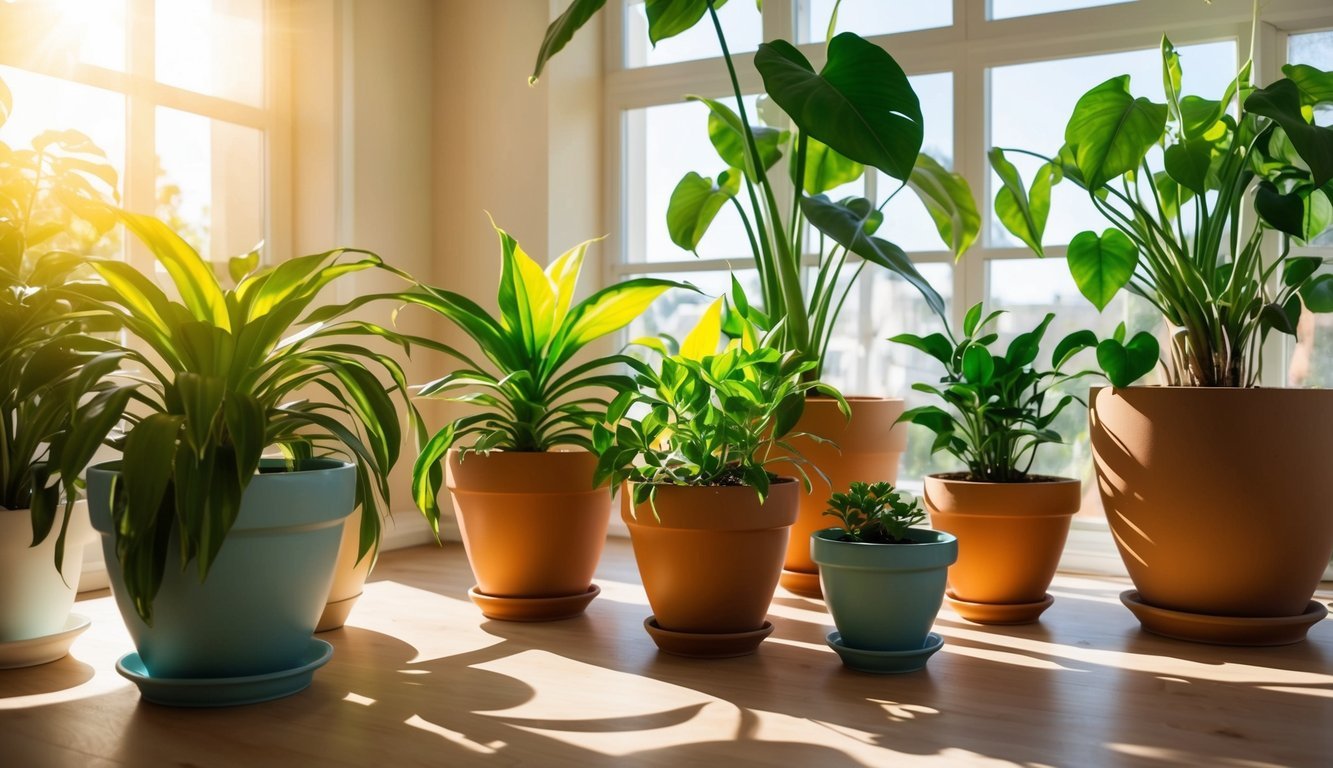
Are you planning to welcome a new houseplant into your home this year? Whether you’re eyeing just one green friend or dreaming of starting a whole indoor garden, it’s vital to reflect on a few key points before you make a purchase.
Plant expert Matt Dursum shares essential insights to ensure your houseplant addition is a successful one.
We’ve all experienced the frustration of picking a plant that just doesn’t thrive—one that brings along a host of issues and requires extensive care to keep it alive.
While the excitement of choosing a living decor piece is thrilling, the reality can be tricky.
Even well-respected nurseries may offer plants struggling with pests or diseases or simply in poor health.
Additionally, many shoppers misjudge their own home environments, leading to poor lighting and sizing decisions for their new green companions.
Key Considerations for Houseplant Selection
If you’re set on finding that perfect houseplant, take a moment to consider these nine crucial factors before making your final choice:
- Evaluate Your Space – Houseplants come in a variety of sizes, and it’s important to ensure that your chosen plant will fit comfortably in your designated area.
As plants grow, they’ll require larger pots and more room for their leaves to flourish.
- Consider Your Home’s Lighting – Every plant has its own light preferences—some thrive in bright, direct sunlight, while others are happier in shaded corners.
Pay attention to the way sunlight filters through your windows and how shadows cast by nearby buildings or trees might impact your plants’ exposure.
- Research Your Options – Before heading out to a nursery, dedicate some time to learning about the specific plants that pique your interest.
Understanding their care requirements and maintenance needs will enrich your experience and prevent unwelcome surprises later.
- Inspect for Health Issues and Pests – When you spot a potential plant, give it a close inspection.
Look for signs of pests or health problems—such as yellowing leaves, wilting, or other oddities—that could indicate deeper issues within the plant.
- Assess Soil Quality – Check the soil that the plant is sitting in.
Be on the lookout for pests that might harm your other green friends, and watch for any signs of root rot, which could arise from excess moisture.
- Monitor Soil Moisture – Achieving the right level of soil moisture is crucial.
If it’s too dry or overly wet, the health of the plant may suffer.
Watch for signs of stress, like wilting or soggy leaves, which can occur when care is lacking.
- Watch for Root Bound Warnings – Root-bound plants can struggle to absorb nutrients.
Look for indications of this condition, such as wilting leaves or roots peeking out from the pot’s drainage holes—they’re signs that might mean the plant needs a larger home.
- Choose Budding Plants Over Full Blooms – When selecting a flowering plant, opt for ones with numerous unopened buds instead of those already in full bloom.
This way, you’ll get to enjoy the blooms for a longer period as they open up gradually.
- Select Clean Plants – Pick plants that are free from dust and dirt.
Clean, well-maintained plants not only indicate better care at the nursery but are also likely to need less upkeep from you later.
Final Steps in Plant Selection
Before you introduce a new houseplant into your living space, it’s crucial to give it a thorough evaluation.
Look for pests and signs of illness, ensure it has been well cared for, and confirm that it can thrive in your home environment.
Taking these steps will greatly increase your chances of selecting a healthy, beautiful new companion for your indoor space.
Source: Epicgardening

